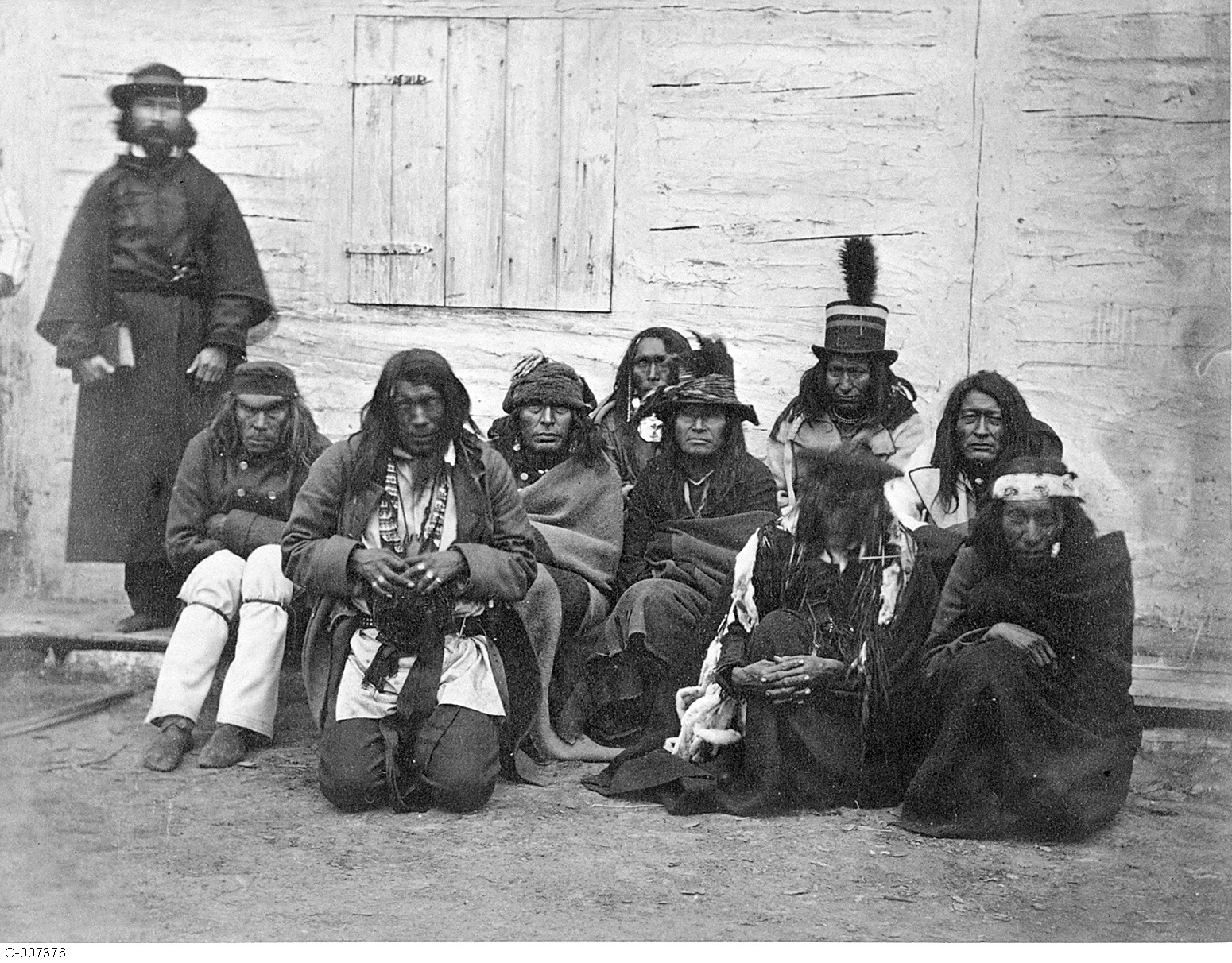Halloween is rapidly approaching. It is a time of year when attention turns to the supernatural as well as old tragedies and unsolved mysteries. There is also a lot of attention given to cemeteries, particularly ones that have been largely forgotten.
One of the lost and largely forgotten cemeteries in the Red Deer area is one mentioned in Annie L. Gaetz’s history book, The Park Country. This was a smallpox cemetery which dates back to the great smallpox epidemic of 1869-1871. It was located on the outskirts of Red Deer, west of what is now West Park and Heritage Ranch.
The terrible epidemic had its origins at Fort Union, Missouri in the fall of 1869. Someone who was ill with smallpox had come up the Missouri River by steamboat. A few Crow First Nations, who had come to trade, caught the disease. The illness was soon passed on to the Peigan (Apikuni) First Nations. Before long, the disease had spread into southern Alberta.
The authorities, mainly the managers of the Hudson Bay Company, were alarmed by the epidemic. They began to take measures to combat it. Vaccinations were started in the Red River Colony in Manitoba.
Orders were given to start shipping vaccine westwards to the fur trading posts of Saskatchewan and Alberta. However, distances were far and most of the afflicted were in remote areas. Consequently, by the spring of 1870, smallpox was rampant amongst all of the First Nations of southern and Central Alberta.
Reports came in of thousands of cases of the disease. There was no accurate means of recording the numbers of deaths, but it was estimated that the mortality rate was extremely high.
In May and June, the Metis hunters went out onto the plains for the annual spring buffalo (bison) hunt. Because there had been considerable warfare in the area, a negotiating party was sent to Blackfoot camps to ensure peace. Unfortunately, those emissaries were exposed to the disease. Before long, smallpox started to appear in the Metis buffalo hunters’ camps.
The first case appeared in Fort Edmonton on July 27th, 1870. While quarantine and vaccination measures had been started, the smallpox quickly spread to the nearby community of St. Albert. It was here that the disease had some of its most devastating effects.
Of the 900 living in the settlement, 600 came ill. Before long, 320 were dead. It was thought the death rate would have been even higher, if not for the efforts of the local Roman Catholic nuns and priests.
With the impact of the disease, not much food had been gathered for the coming winter. Consequently, buffalo hunters were sent back out onto the prairies.
Before long, there were new outbreaks across Central Alberta at such communities as Tail Creek and Blindman River along the Red Deer River.
By fall of 1870, the epidemic seemed to abate. Moreover, the disease seemed to become less virulent. Nevertheless, a new outbreak occurred at Lac Ste. Anne in October claiming the lives of one out of every 10 in the settlement. Moreover, a huge fall prairie fire in Central Alberta destroyed the tents, carts and much of the winter food supply at one of the largest buffalo hunter camps.
By the spring of 1871, the crisis seemed to be finally over.
William Christie, chief factor for the HBC at Fort Edmonton and chair of the new Saskatchewan District Board of Health, reported that 3,544 had died from smallpox in Alberta and western Saskatchewan. However, because of poor reporting from southern Alberta, his numbers were certainly low. The tally also did not include those who died of exposure, malnutrition and even starvation in the subsequent winters.
At Red Deer, a cemetery for the smallpox victims had been created on a hill east of the Red Deer River Crossing. According to Annie L. Gaetz, there used to be some stone and wooden markers on the graves. However, these markers have been lost and/or destroyed and the old cemetery essentially obliterated.



